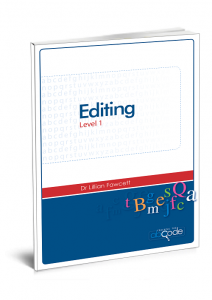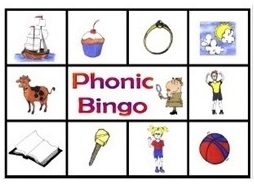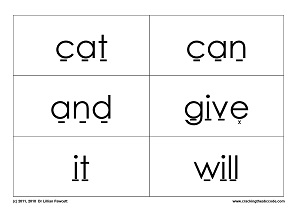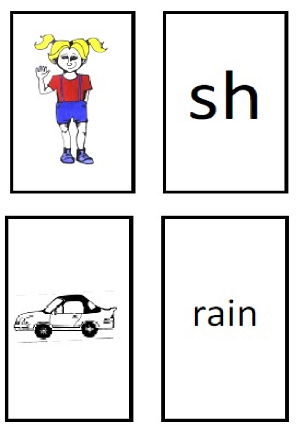Below is a sample of the Syllabification section of the Cracking the ABC Code Multisensory Reading Program Level 2
The ability to quickly and accurately break words into syllables is a key component of proficient reading (see Diliberto, Beattie, Flowers & Algozzine, 2009).
- This section introduces students to a simplified method for breaking words into syllables.
- Nonsense words are used to give students practise in the skill of rapidly breaking words into syllables and recognising graphemes.
- As a result, students are better able to rapidly and accurately decode unfamiliar words.
- In contrast, if real words are used, students tend to rely on their visual memory of the total word rather than the smaller components within the word.
- As each word is unique, no transference to unknown words is possible.
1. Each nonsense word is composed of the grapheme from the previous week plus graphemes from previous units.
- This constant exposure to the graphemes in different contexts further reinforces the learning and retention of sound-symbol relationships.
2. Students are to read one column each day.
- The first 3 words of column 1 and 2 have already been syllabified.
- Students are to draw in the syllabification line for the remainder of the words in these columns.
- It is important that students decode and read each syllable before drawing in the next line.
- Column 3 contains the same words as column 1 and column 4 contains the same words as column 2.
- In columns 3 and 4, students attempt to mentally break the words into syllables (without drawing the line), ensuring there is a definite break between each syllable.
- If students have difficulty, allow them to draw in as many syllable lines as necessary.
3. Each column contains two real words which students attempt to locate.
- On the 5th day, students reread the last column attempting to blend the syllables smoothly into a word.
- This may require several steps: working out the syllable, blending the sounds represented by each of the letter(s) into a syllable and then blending the syllables.
- Students may also require several attempts to successful read the word smoothly.
Reference
Diliberto, J., Beattie, J., Flowers, C., & Algozzine, R. (2009). Effects of teaching syllable skills instruction on reading achievement in struggling middle school readers. Literacy Research and Instruction, 48,14-28.

Click on the book images to purchase.















